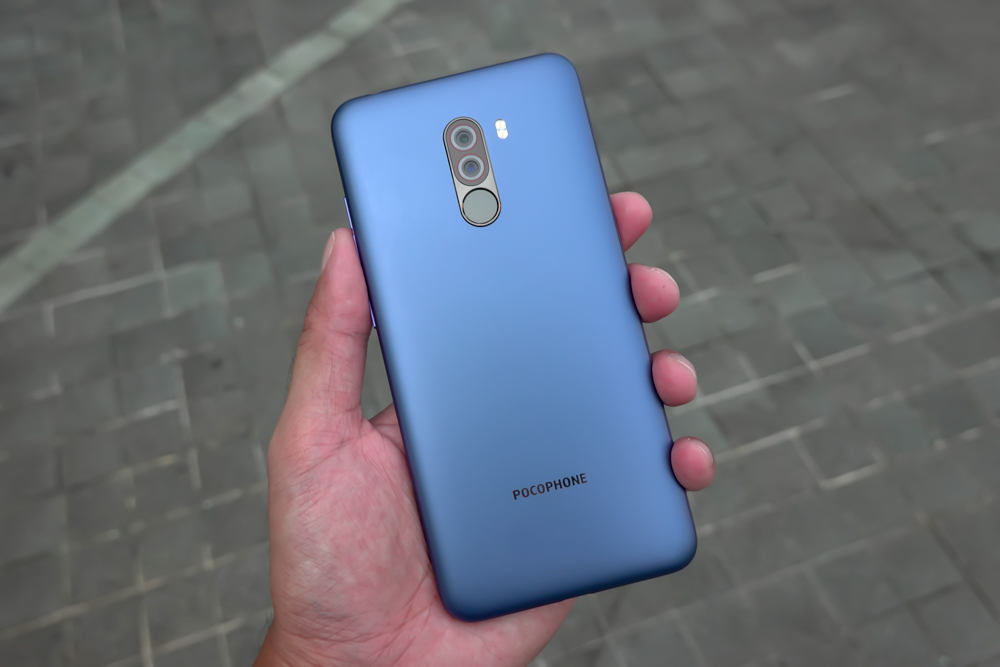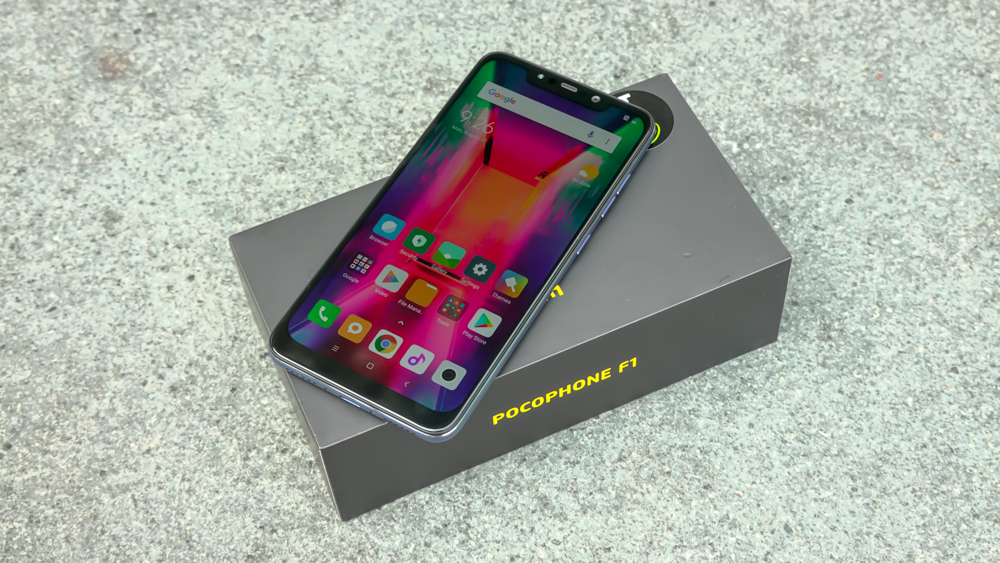Pocophone is a new smartphone sub-brand under Xiaomi that recently launched the Pocophone F1, a flagship-grade smartphone with a mid-range price. We are all wondering — how exactly did they pull this off? Let’s find out.

The brand is marketed as ‘Pocophone by Xiaomi’, with the slogan, ‘Master of Speed’. Sub-brands are no longer new to us as we have Huawei’s Honor, OPPO’s Realme, ZTE’s Nubia, and Lenovo’s Zuk. It’s a way for these big companies to experiment and innovate, serve certain niches, or even solve market problems.

We sat down with the Head of Pocophone Global, Alvin Tse to learn more about Pocophone and its philosophies.
What’s with the name?
Pocophone or Poco doesn’t really have a deep history to it, but Mr. Tse explained that they chose ‘Poco’ is because it uses few letters, and is easy to spell and pronounce. This is particularly helpful for a company that is launching globally. Pocophone also employs a yellow theme as it is bright and sharp.
The Pocophone mission and strategy
Pocophone’s mission is to deliver truly useful innovations to as many users as possible — and that means making a product with the latest technologies at an affordable price.

This was achieved using a very simple method. They listened to users and chose the features that would improve their experience. In the case of the F1, it focused heavily on performance, battery, camera, and display, at a low price — factors they believe are relevant to the user.

Cool and unique features are nice to have, but they’re still only secondary if the user doesn’t deem it absolutely necessary. It doesn’t improve the overall experience by a lot and most importantly, it increases cost. This may also be the reason why the F1 doesn’t have any fancy features found in other flagship smartphones like metal or glass bodies, super high-resolution screens, pop-out cameras, and water and dust resistance.
How about quality?

Some have frowned upon the fact that Pocophone used a polycarbonate body for the F1, while others hinted that they have cut corners somewhere. Mr. Tse emphasized that they will never cut corners, will never compromise quality, and will only use world-class top-tier brand new components. In fact, they share the same quality tests and standards used by Xiaomi.
Benefits of being a Xiaomi sub-brand
Being a sub-brand actually has its advantages. In the case of Pocophone, they share Xiaomi’s supply chain, after-sale service infrastructure, and quality standards. They can enjoy these resources without the commercial baggage and profitability targets. According to Mr. Tse, as long as they’re not losing money, they’re fine.

This comfortable setup allows Pocophone to focus on their mission of making an affordable, but technologically superior product. This is a big plus for budget-conscious consumers, as they are able to get exactly what they want.
What’s next?
We asked Pocophone about their future plans, such as future phones and product cycles, but unfortunately, they are unable to comment as they just launched their first ever device.

POCO users will be able to enjoy the Beta ROMs of Xiaomi’s MIUI. They can try the latest updates and provide feedback to improve the software experience. They’re still in the Xiaomi ecosystem if you think about it.

At the moment, the company is focusing on the market performance of the F1 and the satisfaction of its users. One thing they can confirm is that they will stick to their philosophy of listening to users and delivering the specs and features that matter.

YugaTech.com is the largest and longest-running technology site in the Philippines. Originally established in October 2002, the site was transformed into a full-fledged technology platform in 2005.
How to transfer, withdraw money from PayPal to GCash
Prices of Starlink satellite in the Philippines
Install Google GBox to Huawei smartphones
Pag-IBIG MP2 online application
How to check PhilHealth contributions online
How to find your SIM card serial number
Globe, PLDT, Converge, Sky: Unli fiber internet plans compared
10 biggest games in the Google Play Store
LTO periodic medical exam for 10-year licenses
Netflix codes to unlock hidden TV shows, movies
Apple, Asus, Cherry Mobile, Huawei, LG, Nokia, Oppo, Samsung, Sony, Vivo, Xiaomi, Lenovo, Infinix Mobile, Pocophone, Honor, iPhone, OnePlus, Tecno, Realme, HTC, Gionee, Kata, IQ00, Redmi, Razer, CloudFone, Motorola, Panasonic, TCL, Wiko
Best Android smartphones between PHP 20,000 - 25,000
Smartphones under PHP 10,000 in the Philippines
Smartphones under PHP 12K Philippines
Best smartphones for kids under PHP 7,000
Smartphones under PHP 15,000 in the Philippines
Best Android smartphones between PHP 15,000 - 20,000
Smartphones under PHP 20,000 in the Philippines
Most affordable 5G phones in the Philippines under PHP 20K
5G smartphones in the Philippines under PHP 16K
Smartphone pricelist Philippines 2024
Smartphone pricelist Philippines 2023
Smartphone pricelist Philippines 2022
Smartphone pricelist Philippines 2021
Smartphone pricelist Philippines 2020
vivopposucks says:
This is going to undercut a lot of products that have been released or still unreleased. Leave it to Xiaomi to shake up the market. Good news for consumers, bad news for greedy capitalists who like to rip off people with their OA prices.
aa1 says:
According to other sites, it, same with other Xiaomi phones cannot stream HD videos from Netflix, Amazon Prime, Hulu or other services that require Widevine L1.